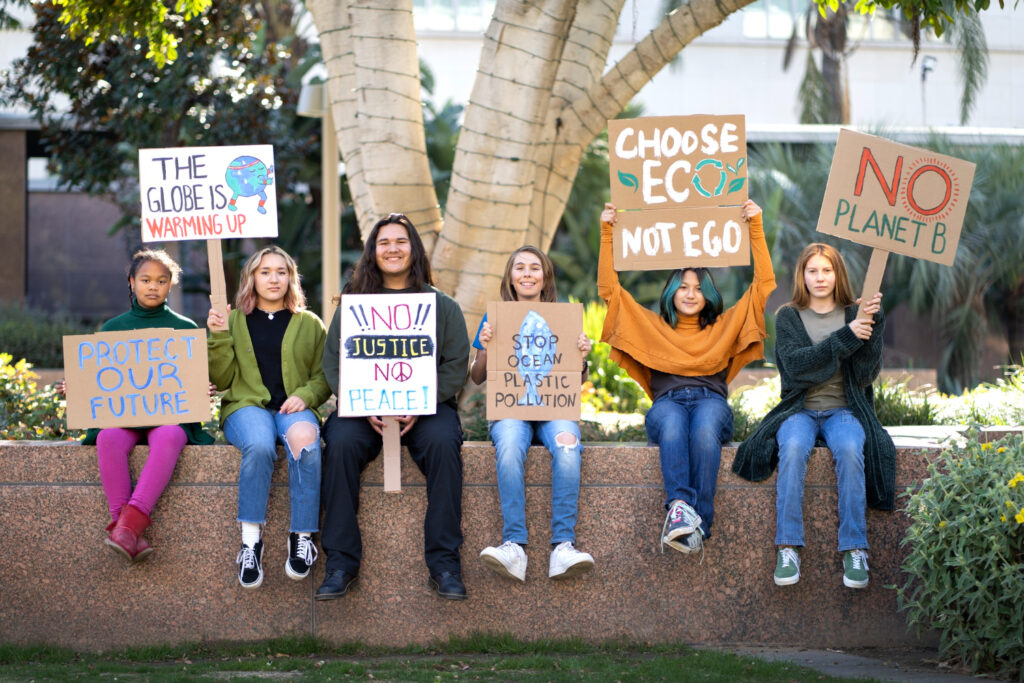 At this time when man and nature are faced with increasing risks, it is necessary to find ways to achieve sustainable development for the entire planet. For this reason, the main challenge of Rio+20 will be to initiate a transition towards a green and inclusive economy.
At this time when man and nature are faced with increasing risks, it is necessary to find ways to achieve sustainable development for the entire planet. For this reason, the main challenge of Rio+20 will be to initiate a transition towards a green and inclusive economy.
This green and inclusive economy must reconcile economic growth, social progress and response to major environmental challenges and more effectively integrate the three pillars of sustainable development: environmental, economic and social.
- a global commitment and common understanding of the green and inclusive economy;
- a United Nations roadmap for a green economy, which will clarify the stages and federate efforts at both national and international levels;
- A toolbox or guide of good practices that allows translating the concept of a green and inclusive economy into actions;
- A set of indicators that, beyond GDP, measure progress towards sustainable development in accordance with the recommendations of the Stiglitz-Sen-Fitoussi commission.
Objectives of the green economy?
The green economy pursues several fundamental objectives to achieve a positive and sustainable transformation of the current economy. These objectives include:
Environmental sustainability: Involves protecting and conserving the environment, reducing pollution and promoting renewable energy.
Inclusive economic development: Promoting economic growth that benefits all people, creating green and sustainable jobs and fostering innovation.
Efficient use of resources: Responsibly use ecosystem resources, avoiding the generation of unnecessary waste and optimizing energy and material consumption.
Social responsibility: Guarantee social equity, respect for human rights, citizen participation, inclusion of vulnerable communities and ensure fair working conditions.
Resilience and adaptation to climate change: undertake policies and measures that enable societies and economies to adapt to climate challenges.
…

